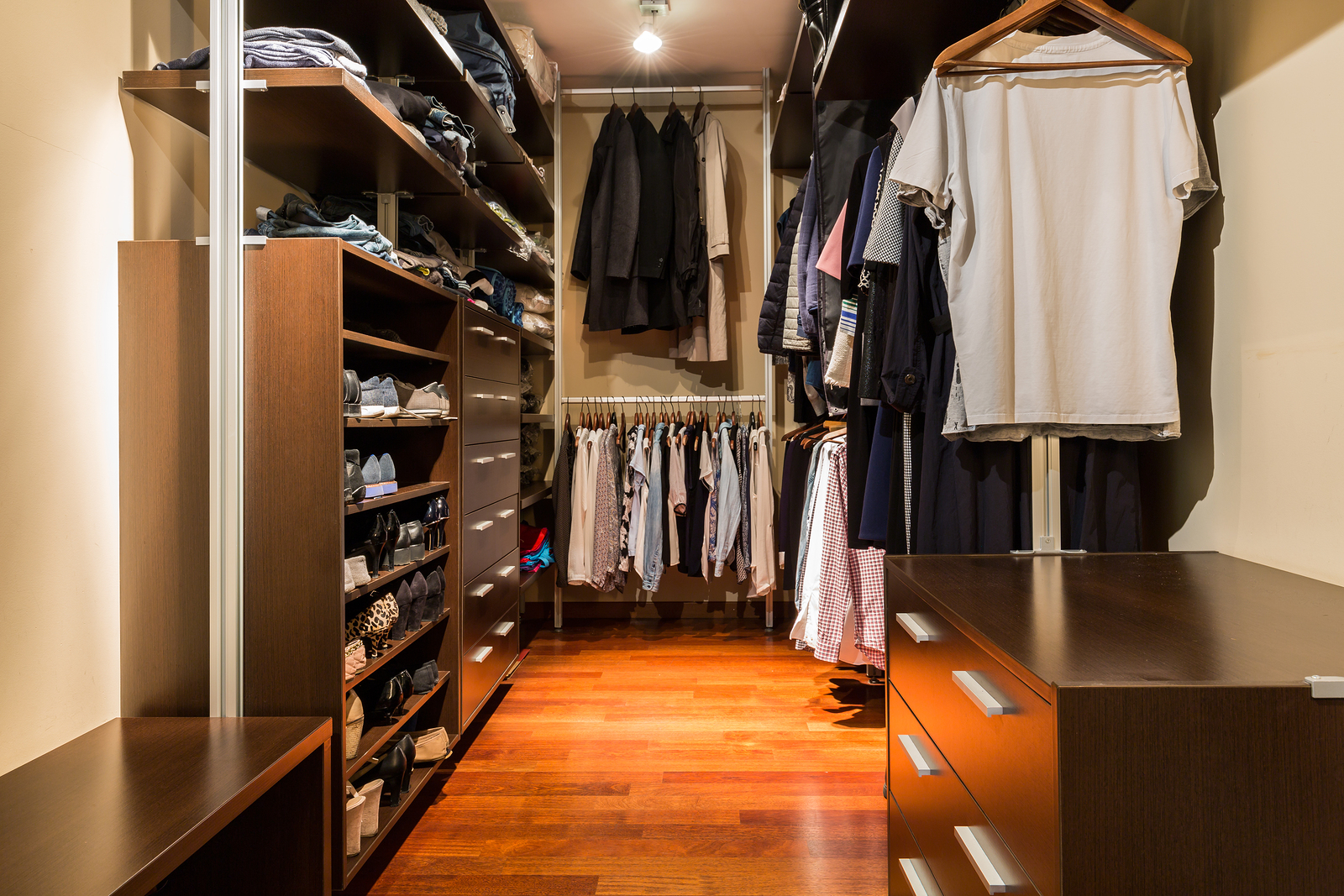Compromise is good, especially when deciding what you want in a home as opposed to what other family members want. There are certain criteria, however, that you should think long and hard about giving up and adequate storage space should be at the top of the list.
The average American home contains 300,000 items, according to Los Angeles Times’ Mary MacVean. Realtor Magazine claims that not having enough storage space for all this “stuff” leads to buyer’s remorse for 80 percent of homebuyers.
Furthermore, one of every 10 households in the U.S. rents a storage unit, according to the Self Storage Association. If you are among them and you plan on moving all of your belongings from the unit to the new house, it’s wise to ensure there’s enough room for it all before signing the purchase contract.
To keep yourself from becoming distracted by other, more sexy features of a home, print off a copy of the U.S. Department of Housing and Urban Development’s (HUD) “Home Buying Checklist.” Look at number six on the list – in fact, burn it into your memory.
Bedroom storage needs
In the real estate industry, a room isn’t really a bedroom (and can’t be called one) unless it contains a closet. If you’re looking at a four-bedroom home and one of the bedrooms lacks a closet, you are, in reality, looking at a three-bedroom home. Why is this important? Because an appraiser will not evaluate this home as a four-bedroom home. And you shouldn’t either.
That said, when you’re touring a home, take a good look at the closets in the bedrooms. Don’t worry about being nosy; this is important stuff here, so swing open that closet door and take a good, long look inside.
First, the basics: is there enough room for the clothing that needs to be stored within? A tip-off that it might not be is if the closet is stuffed to overflowing with the current homeowner’s clothes.
Is there adequate shelving in the closet or, at least, room to add shelves? If you enjoy closet built-ins in your current home, ensure that there is enough room in the closets for those as well.
Bathroom storage
Don’t be surprised if you find most of the bathrooms you view to be sorely lacking in storage options. Tract homes, especially, offer little other than a few drawers and a cupboard or two beneath the vanity.
Consider a linen closet in the bathroom a bonus because you can store towels, toiletries and other items that are usually strewn across the counters because of a lack of storage space.
What about your kitchen stuff?
Most of the 80 percent of aforementioned home-buyers who claim to have “one major regret,” claim that if they had to do it again they would choose a home with more storage space. In the kitchen, adequate storage is a must.
If the kitchen in the home you’re considering lacks a pantry, guess where all those food items will have to be kept? That’s right, in the cupboards, taking valuable storage space for pots and pans, dishes, glassware and small appliances.
Don’t let the lack of a formal pantry spoil the chances of getting a home that you really want, however. If there is room to add one, you can have one built or even buy one of the clever storage solutions on the market today. Ikea has a number of items that make attractive and roomy pantries.
The rest of the story
Where will you store your linens, coats, gardening implements, home cleaning supplies and hobby items? What about the laundry room? Is there room for detergent, fabric softener and the other items you use?
Then, there’s the mudroom, which often ends up as the repository for items for which there is no storage space. Nasty dirty shoes and clothes, big, bulky winter recreation items and more all take up residence in the mudroom. Thankfully, if there is enough space here, a mudroom is the ideal area for built-ins in which you can store the overflow from the rest of the house, if need be.
Many home buyers underestimate how much space they’ll need for storage, so take a good look at your current situation before heading out to look at homes. In fact, take measurements at the current home and the new home so that you can make accurate comparisons. Like test driving a car, you are completely within your rights to inspect and measure areas of every home you tour to ensure that it meets your needs.
